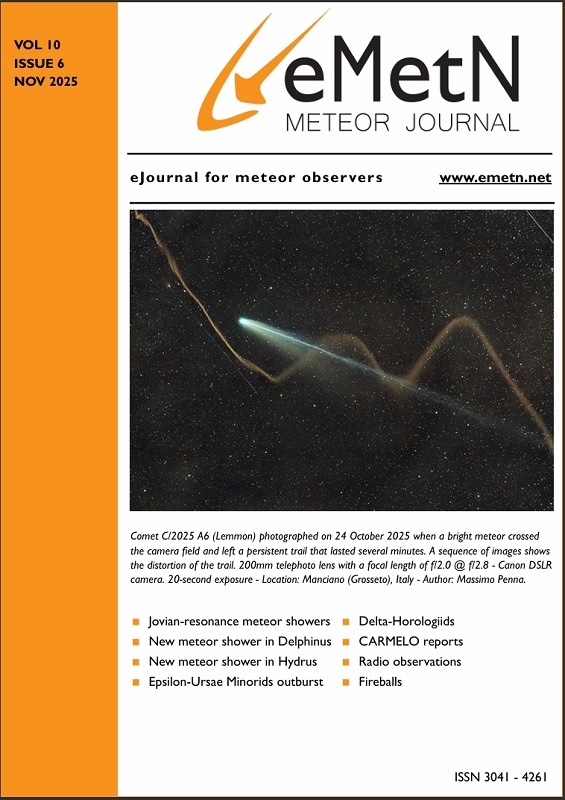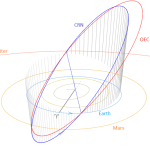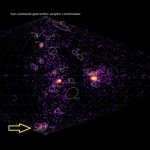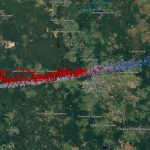Nowadays, due to the international cooperation, meteor activity is monitored over almost the entire Europe. Consequently, in recent years, multi-national networks of video meteor observers have contributed many new data. At present, there are 7 462 700 individual meteor records (from 2000 to 2023) in the EDMOND database, of which 978 006 multi-station orbits (so-called Q0 orbits or raw orbits) have been created. As a result, the latest version of EDMOND database (v5.05, December 2023) contains 480 190 orbits collected from 2001 to 2023. The EDMOND catalogue of meteor orbits is created by using the software UFO Orbit v2.52. The application imports all data in the UFO format. This means that all data obtained and analyzed by UFO tools can be used without any change. However, data obtained by the MetRec software have to be converted into the UFO format, using the program INF2MCSV written by SonotaCo. In the program UFO Orbit v2.52, all combinations of meteors in a time interval dt < 5 s are created. For these combinations, the level Q0 is set and some other additional conditions also have to be set (parameters are defined in the UFOOrbit Manual):
• dur > 0.1 s (duration of the meteor)
• dt < 5 s (maximum time difference between 2 stations)
• GD < 10 km (minimum ground distance between 2 stations)
• Gm% > -100% (overlap of a meteor sighting from two stations)
• 15 km < H1 < 200 km (beginning height)
• H2 < 200 km (terminal height)
• QA > 0.15 (empirical quality parameter within the interval [0,1])
• dV < 7 km/s (the largest difference in velocity between stations considered to compute the orbit)
The last condition is the most important modification in comparison to the previous versions of the database. The value of 7 km/s is about 10% of the largest geocentric velocity of a bound object (unfortunately, it is not possible to set directly the value of 10%). In this way, most false meteors are eliminated. The output from UFOOrbit is a set of orbits which contains preliminary orbits computed for each station of the considered meteor and also a mean UNIFIED orbit as a final solution. To reject less precise orbits and also to eliminate the rest of false orbits, another filter is applied to the set of orbits (see also Kornoš et al. 2013):
• Q0 > 1.0° (observed trajectory angle)
• Qc > 10° (angle of convergence)
• dGP < 0.5° (distance between two poles of the orbit)
• dv12% < 7.07% (difference in geocentric velocity between the unified result and one of the considered stations)
| EDMOND DATABASE STATISTICS | |||||||
| YEAR | SINGLE METEORS | PAIRED METEORS | RAW ORBITS | STATIONS/ORBIT | EDMOND ORBITS | REDUCTION (%) | |
| 2000 | 4 154 | 0 | 0 | 0.000 | 0 | 0.00 | |
| 2001 | 25 365 | 761 | 371 | 2.045 | 222 | 59.84 | |
| 2002 | 20 499 | 210 | 105 | 2.000 | 68 | 64.76 | |
| 2003 | 31 136 | 390 | 191 | 2.067 | 105 | 54.97 | |
| 2004 | 23 085 | 109 | 52 | 2.057 | 35 | 67.31 | |
| 2005 | 36 204 | 257 | 128 | 2.014 | 69 | 53.91 | |
| 2006 | 63 723 | 2 564 | 1 268 | 2.008 | 359 | 28.31 | |
| 2007 | 92 026 | 9 859 | 4 781 | 2.065 | 2 043 | 42.73 | |
| 2008 | 163 817 | 19 813 | 9 419 | 2.161 | 4 639 | 49.25 | |
| 2009 | 230 153 | 33 537 | 15 922 | 2.164 | 6 540 | 41.08 | |
| 2010 | 366 007 | 76 716 | 34 697 | 2.308 | 19 619 | 56.54 | |
| 2011 | 537 090 | 145 522 | 63 525 | 2.331 | 30 624 | 48.21 | |
| 2012 | 422 961 | 133 306 | 59 734 | 2.340 | 28 504 | 47.72 | |
| 2013 | 501 582 | 158 913 | 70 261 | 2.368 | 36 212 | 51.54 | |
| 2014 | 587 093 | 178 225 | 80 602 | 2.284 | 40 195 | 49.87 | |
| 2015 | 728 203 | 240 145 | 104 991 | 2.391 | 52 851 | 50.34 | |
| 2016 | 822 542 | 302 814 | 133 199 | 2.289 | 67 427 | 50.62 | |
| 2017 | 670 323 | 222 374 | 96 549 | 2.422 | 45 032 | 46.64 | |
| 2018 | 639 771 | 218 384 | 94 242 | 2.441 | 46 106 | 48.92 | |
| 2019 | 615 676 | 188 641 | 82 538 | 2.338 | 38 324 | 46.43 | |
| 2020 | 235 900 | 90 872 | 39 721 | 2.393 | 18 763 | 47.24 | |
| 2021 | 195 108 | 66 070 | 29 188 | 2.355 | 12 954 | 44.38 | |
| 2022 | 231 053 | 58 196 | 25 497 | 2.384 | 11 912 | 46.72 | |
| 2023 | 219 229 | 72 447 | 31 025 | 2.493 | 17 587 | 56.69 | |
| OVERALL | 7 462 700 | 2 217 125 | 978 006 | 2.358 | 480 190 | 49.10 | |
The EDMOND v5.05 database (created accroding to Kornoš et al. 2014a,b) contains orbital elements and geophysical data of 480 190 meteors from 2001 to 2023 (latest update 6.12.2023). The database is saved in csv format.
| RECENT EDMOND DATABASE TO DOWNLOAD | |||
| YEAR | 2D GROUNDMAP | DATABASE CSV FILE | |
| 2001 | 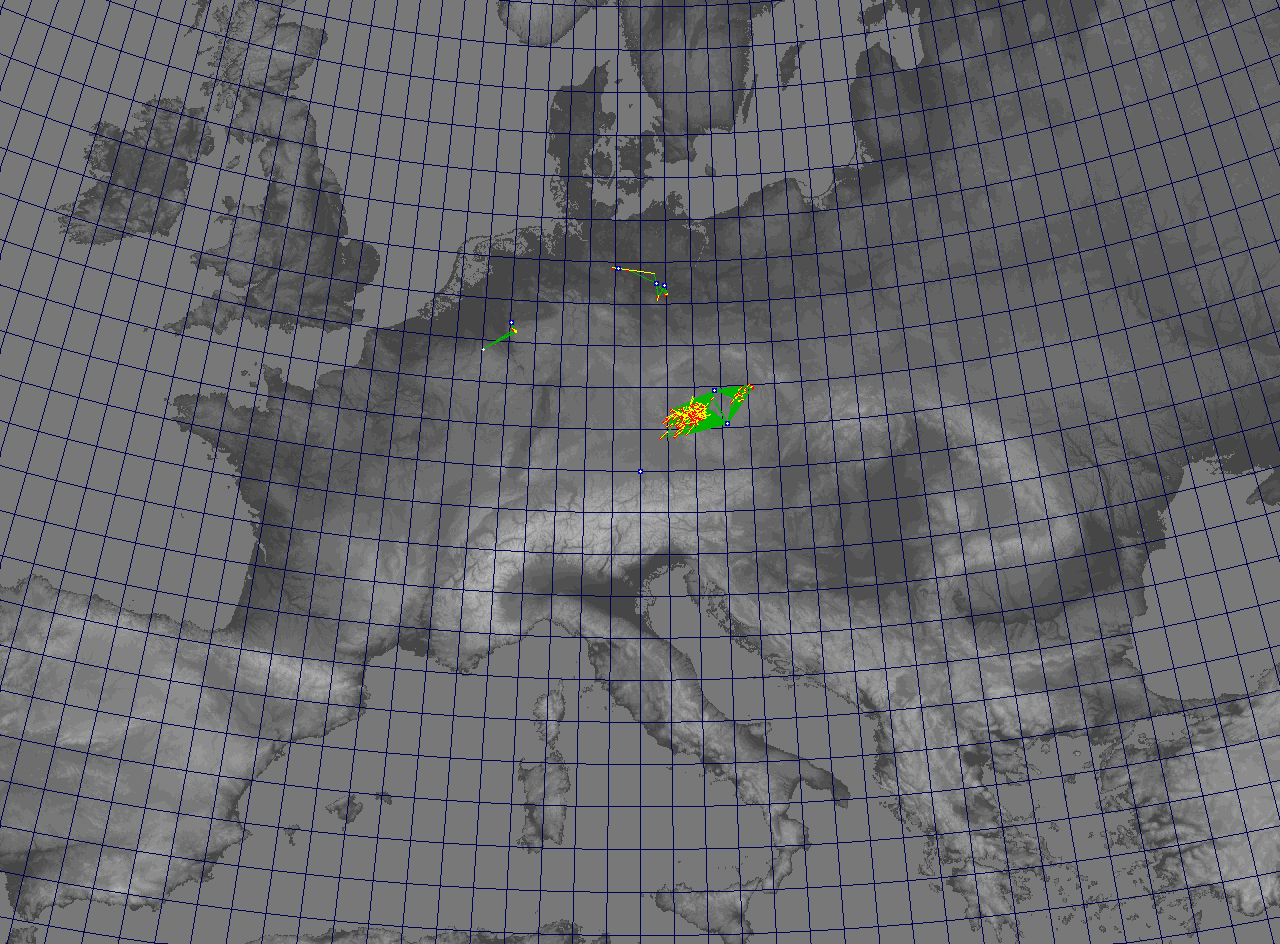 |
U2_2001_EDM | |
| 2002 | 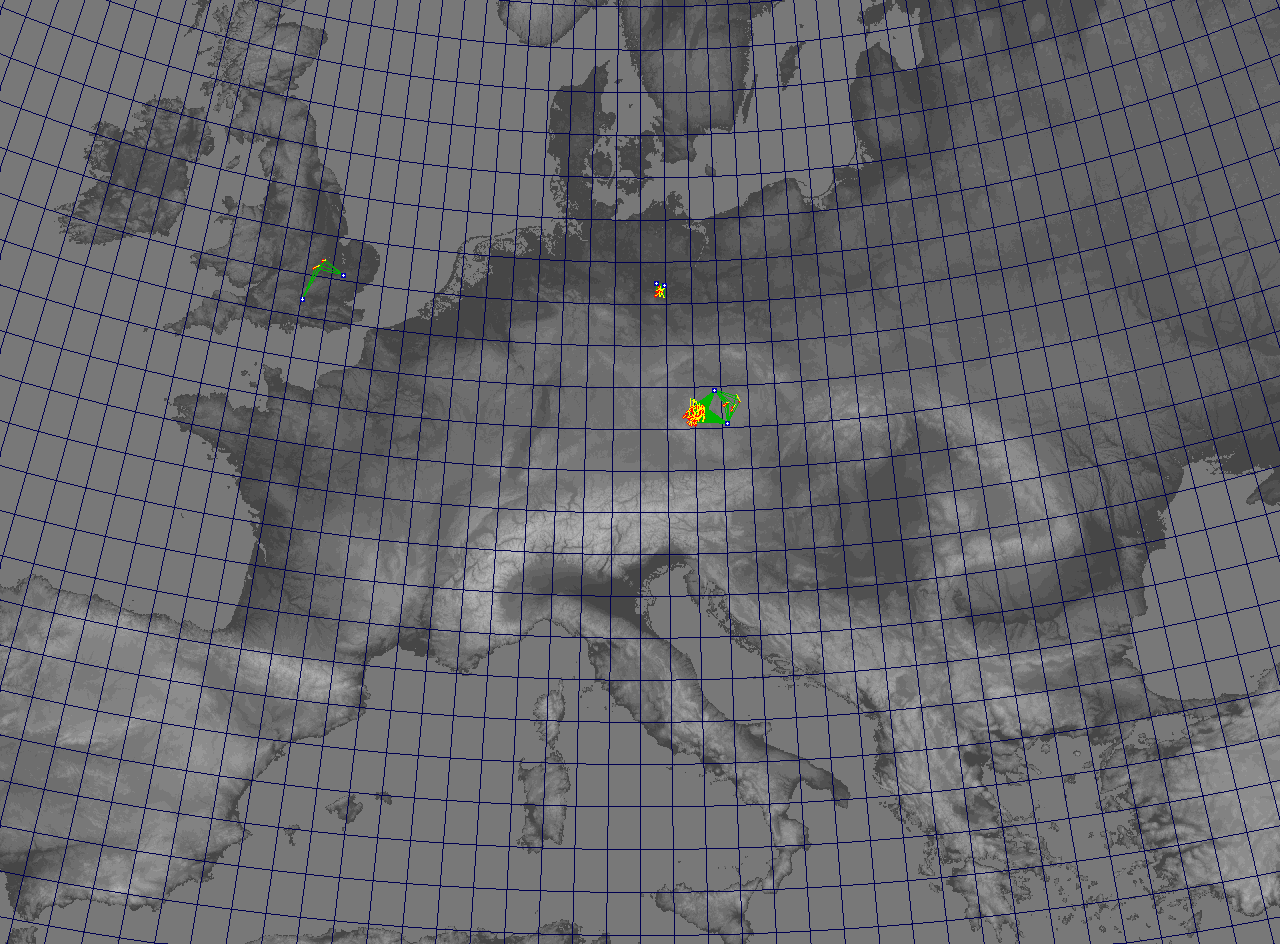 |
U2_2002_EDM | |
| 2003 | 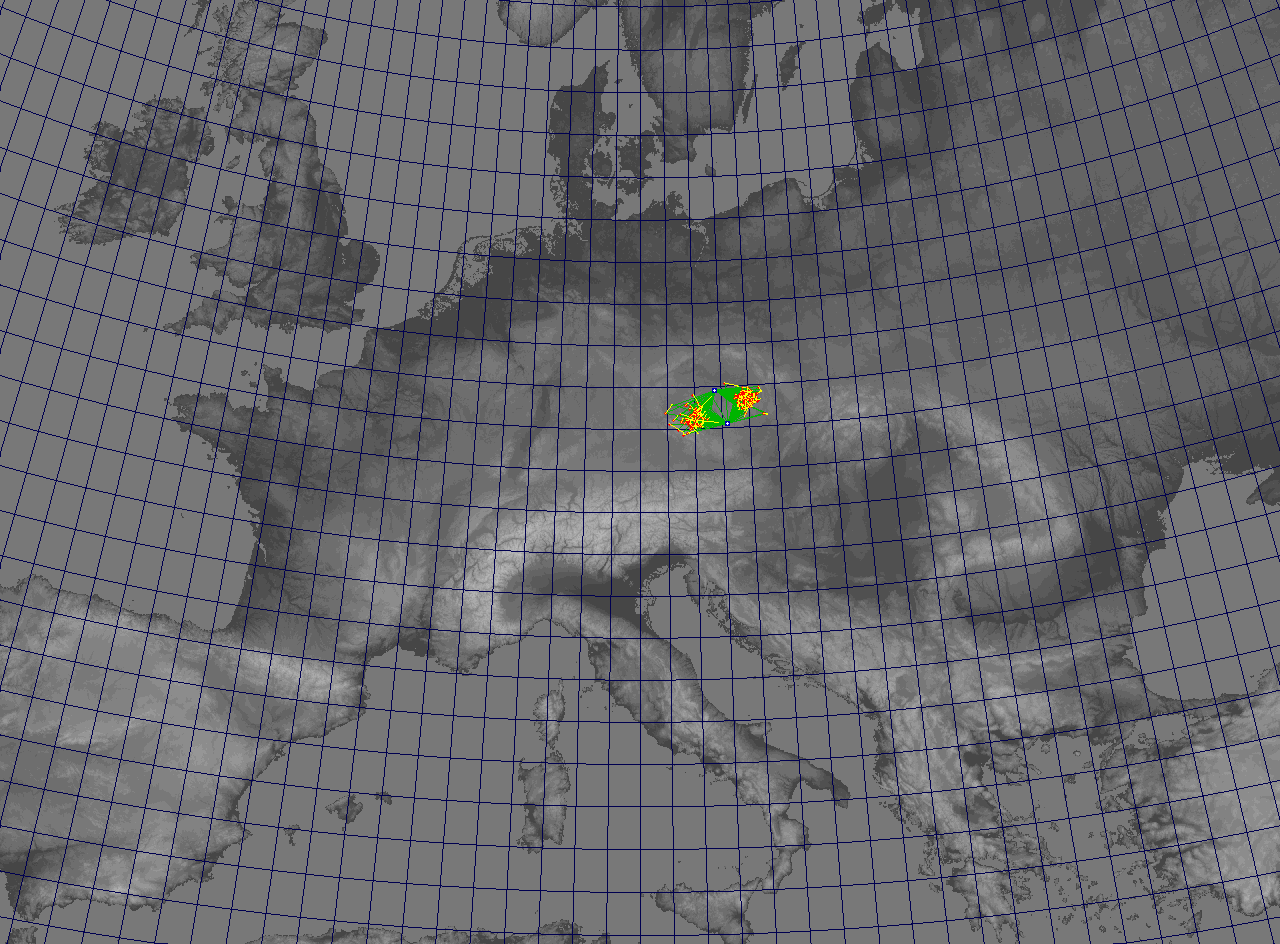 |
U2_2003_EDM | |
| 2004 | 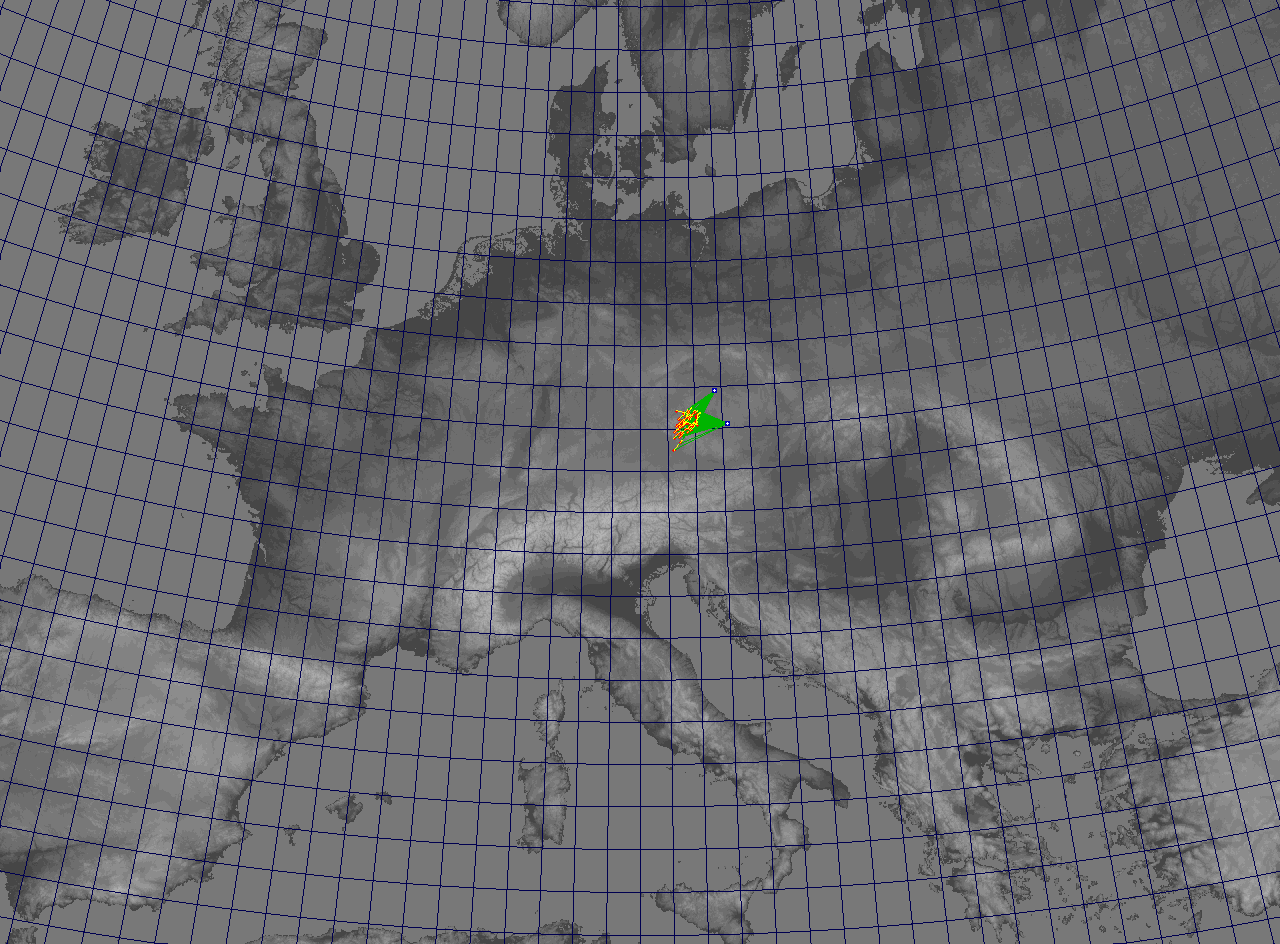 |
U2_2004_EDM | |
| 2005 | 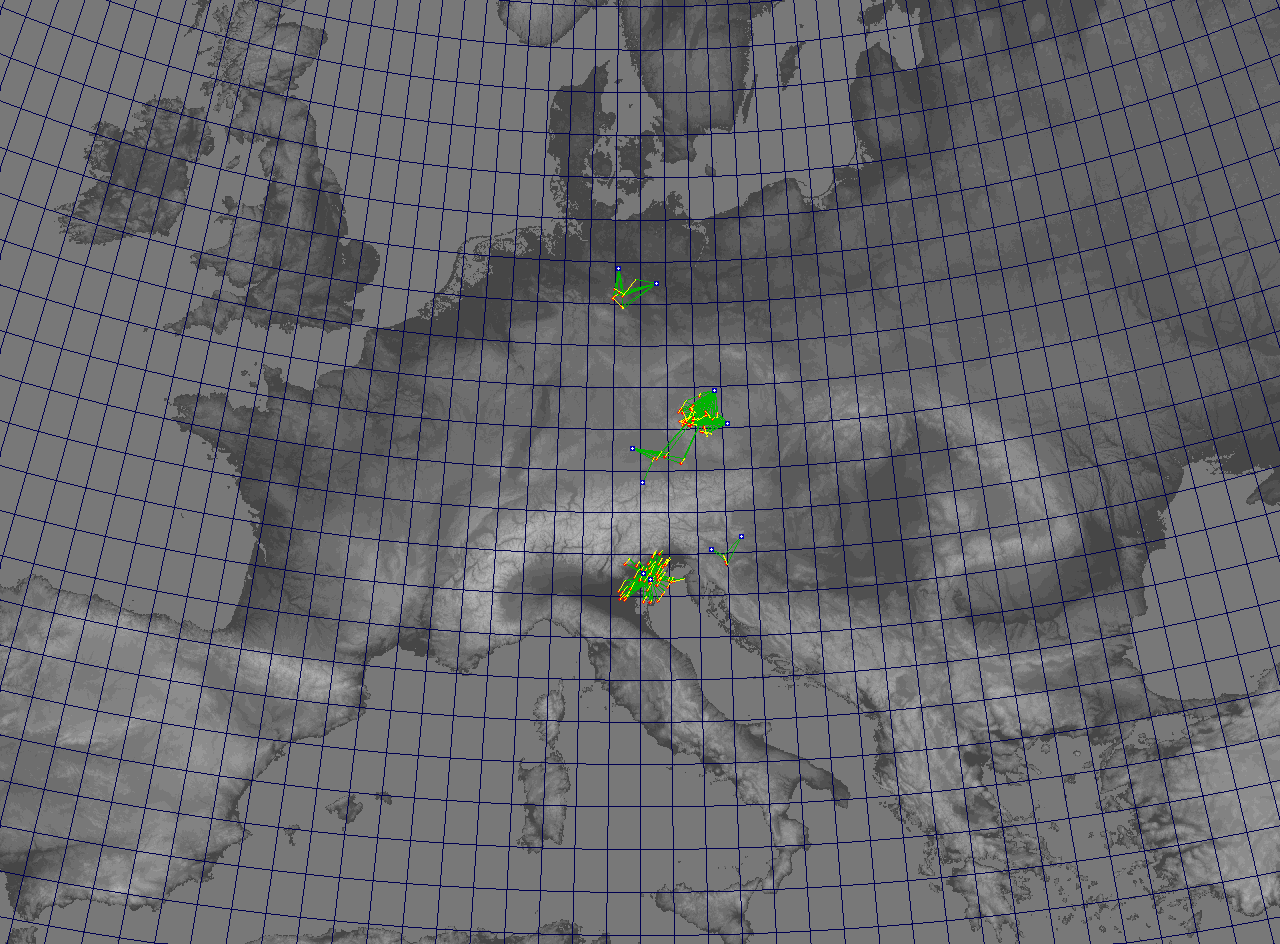 |
U2_2005_EDM | |
| 2006 | 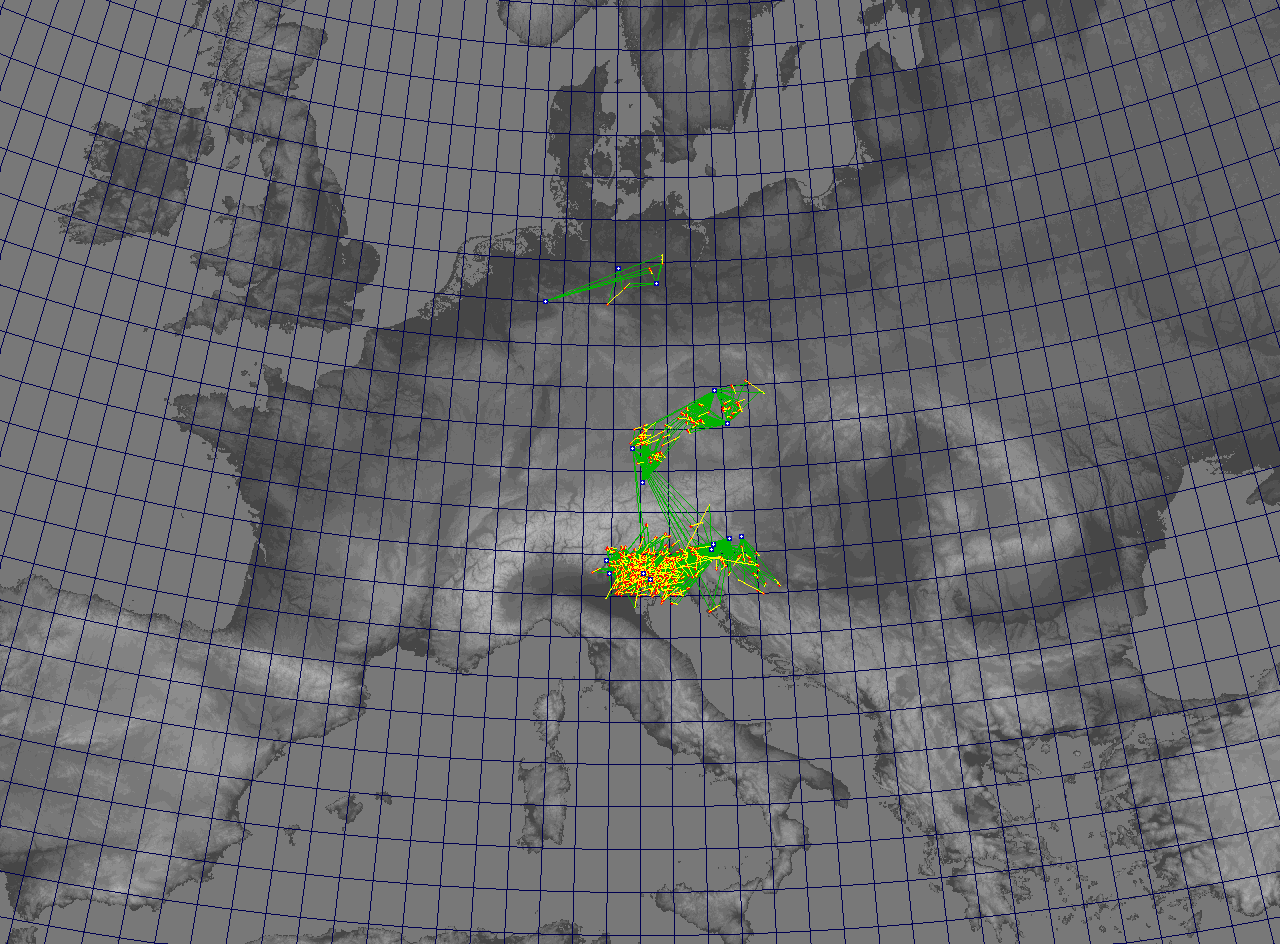 |
U2_2006_EDM | |
| 2007 | 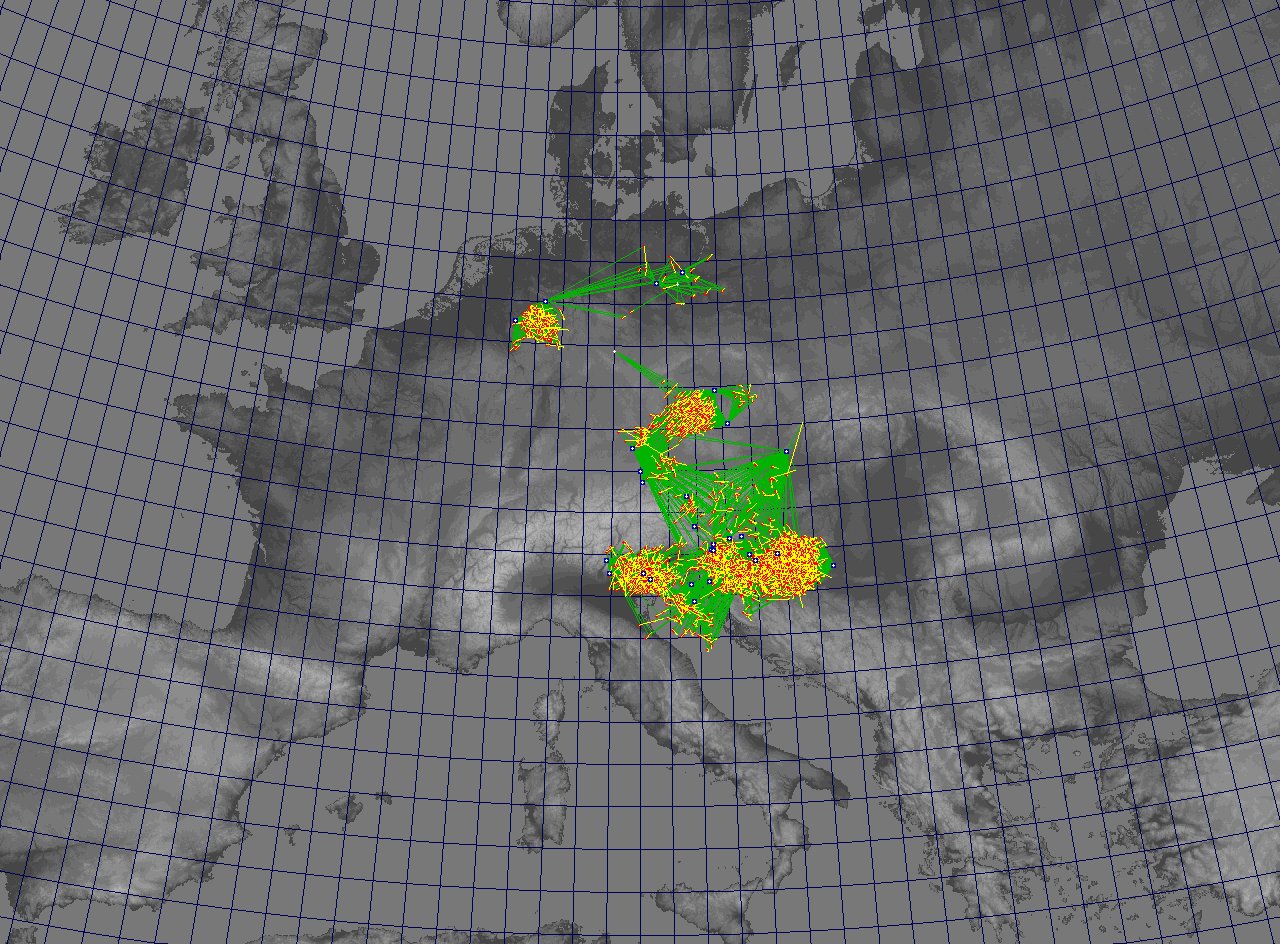 |
U2_2007_EDM | |
| 2008 | 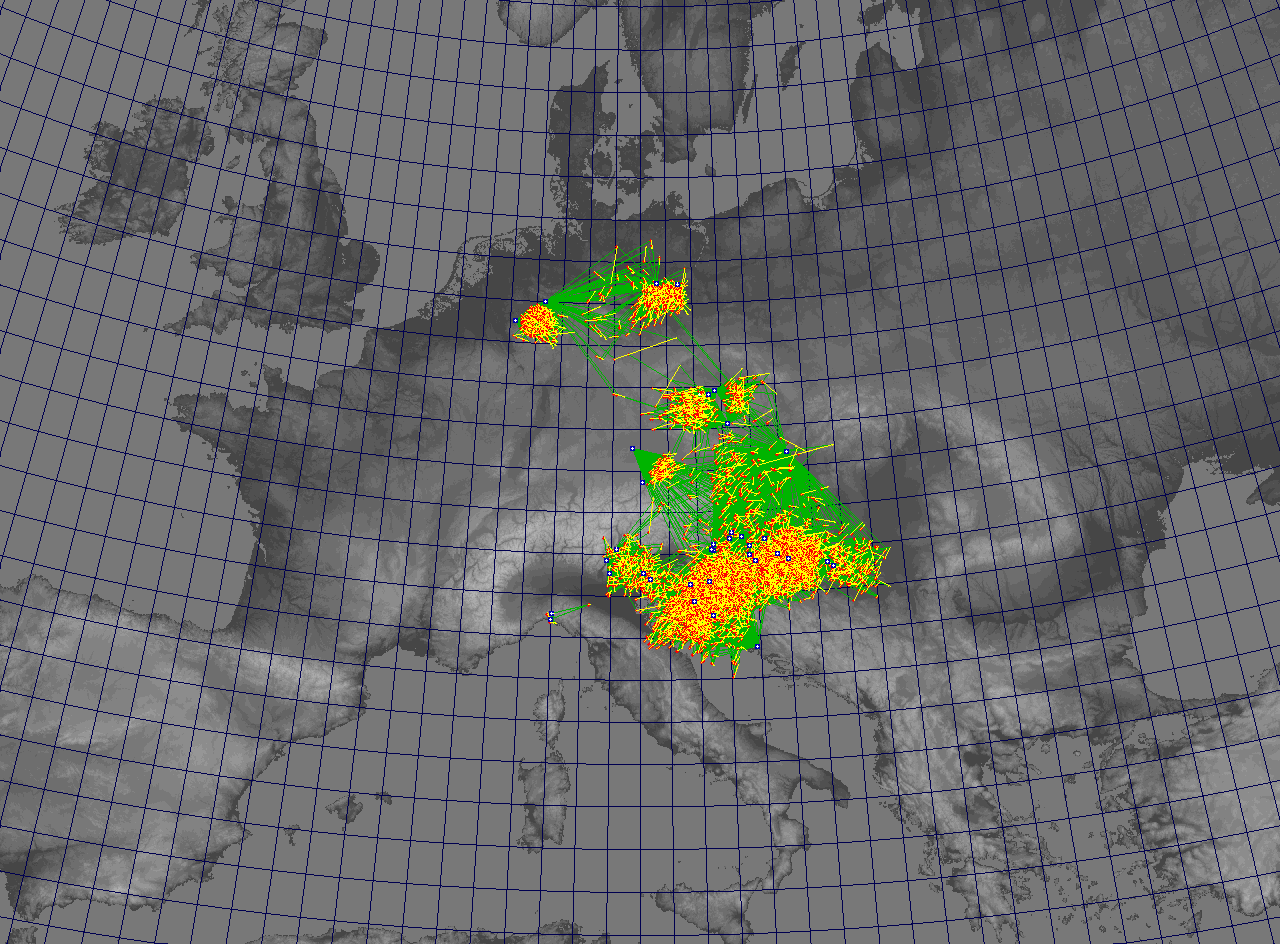 |
U2_2008_EDM | |
| 2009 | 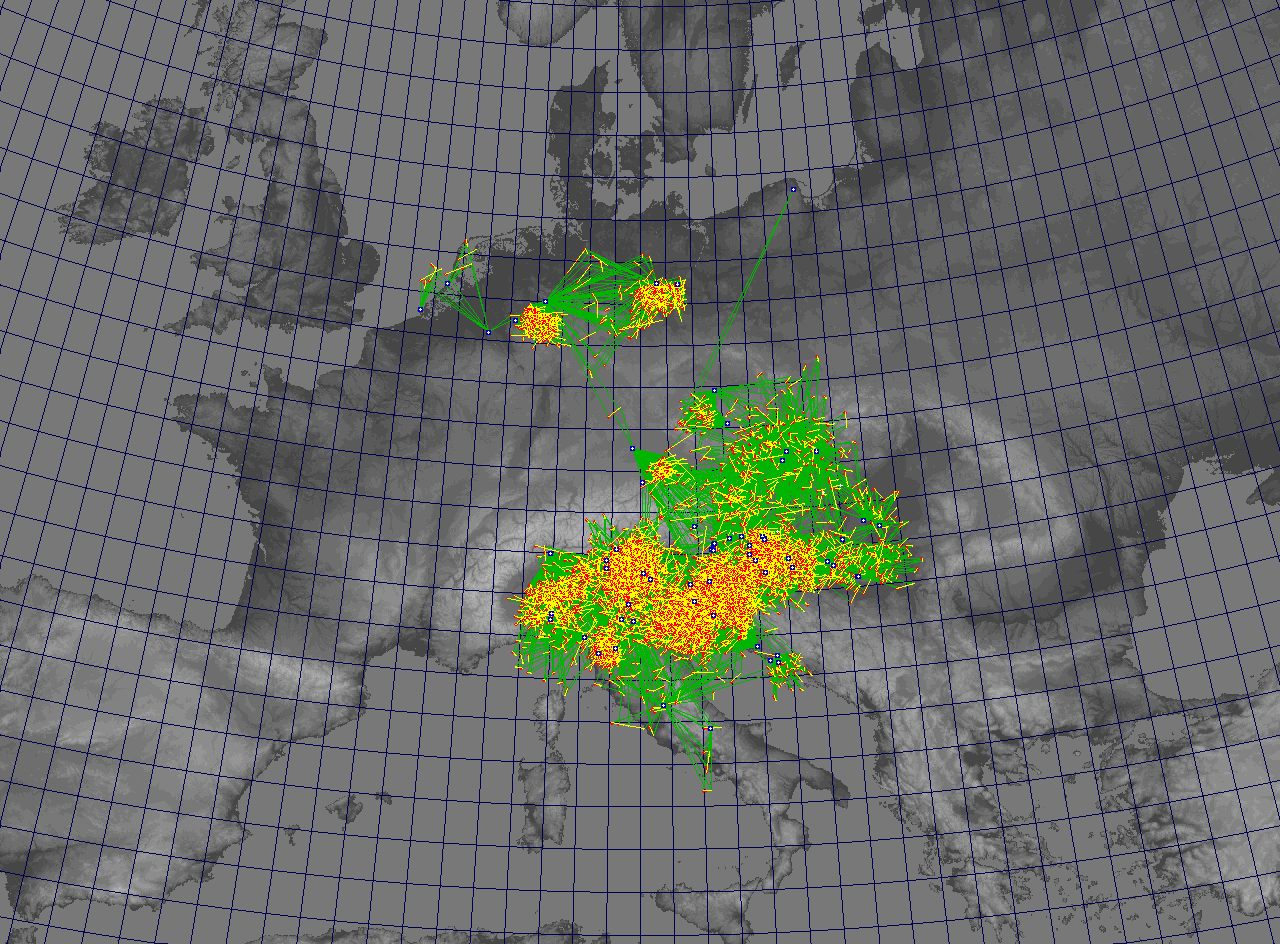 |
U2_2009_EDM | |
| 2010 | 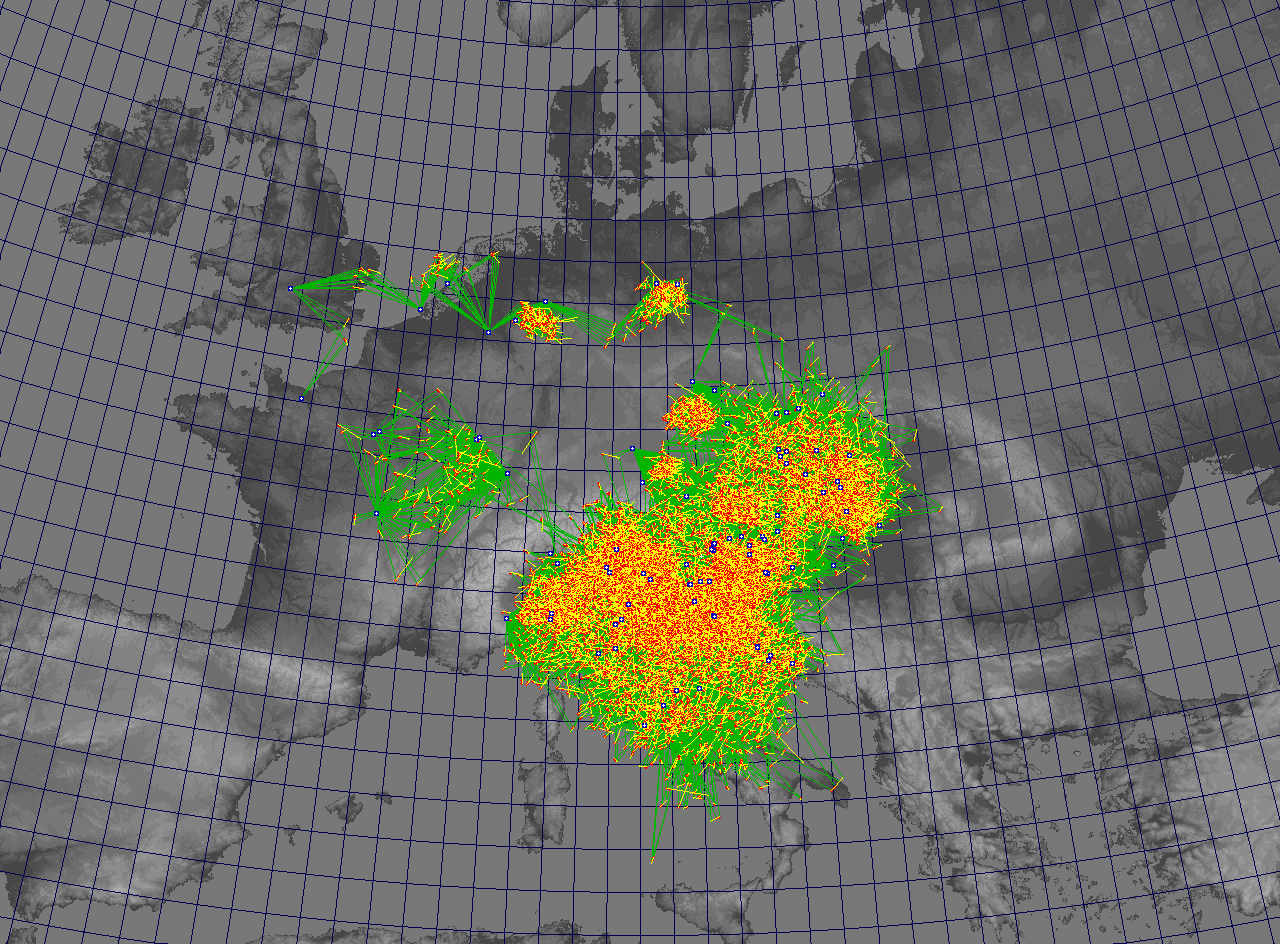 |
U2_2010_EDM | |
| 2011 | 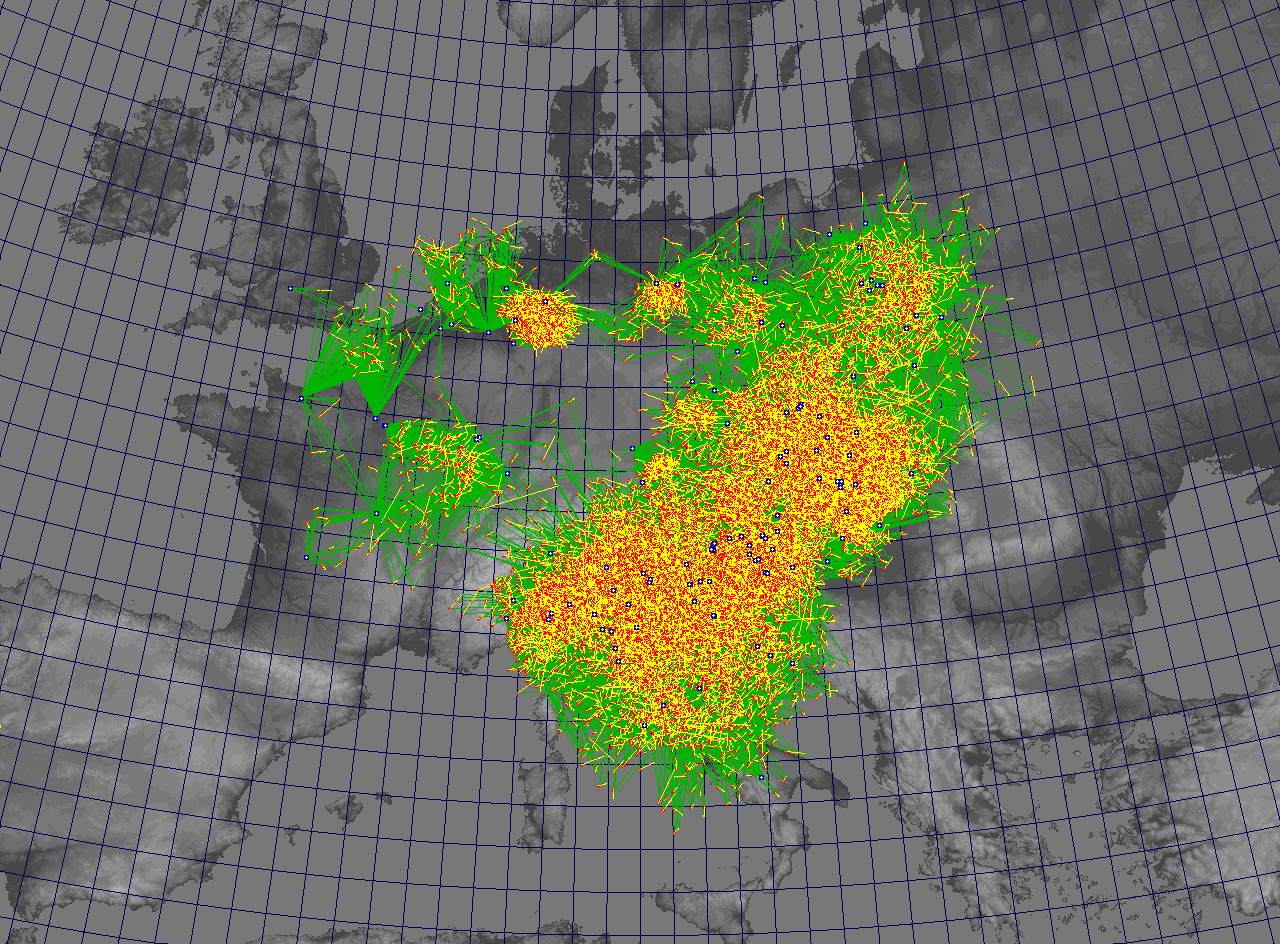 |
U2_2011_EDM | |
| 2012 | 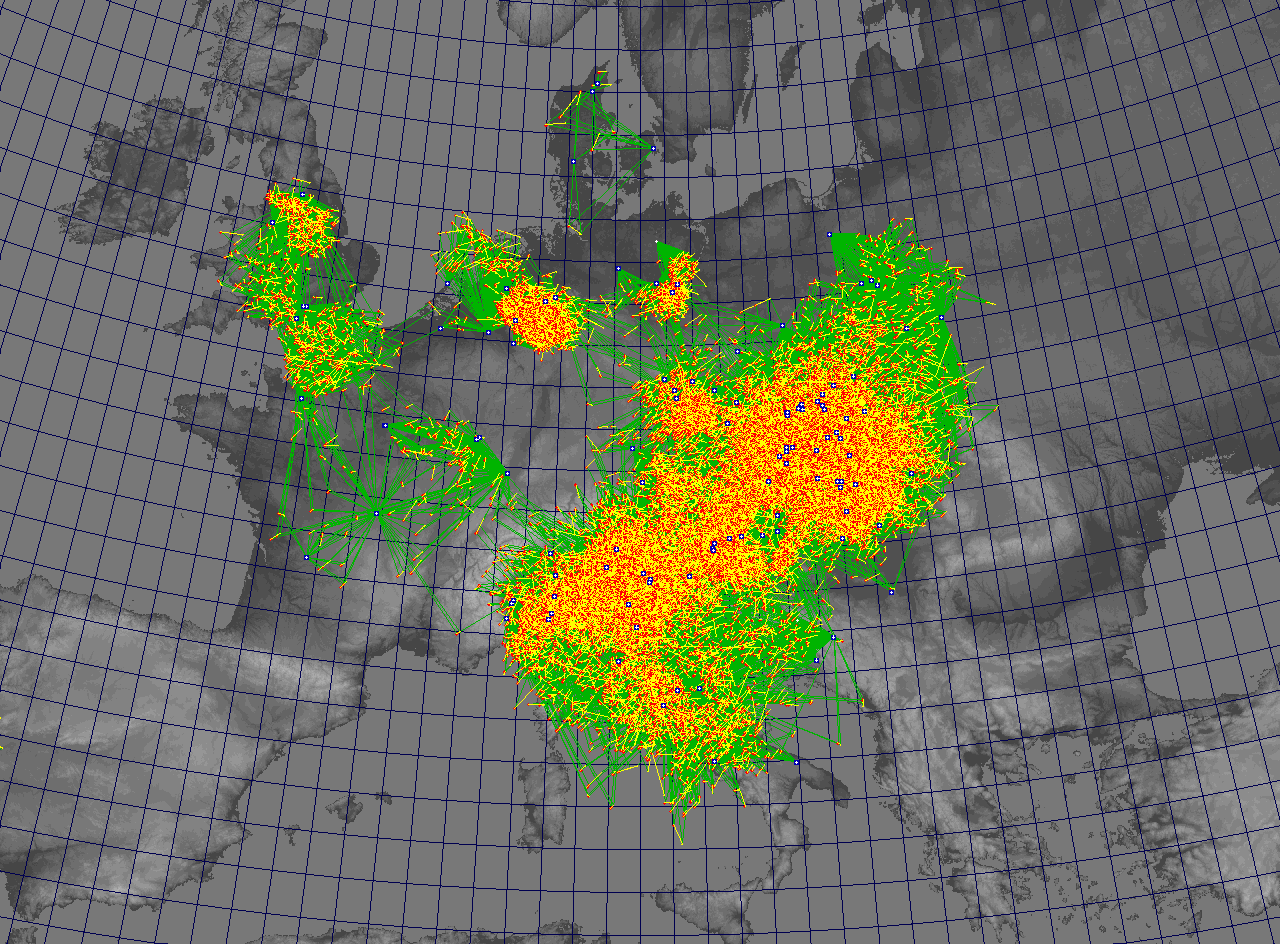 |
U2_2012_EDM | |
| 2013 | 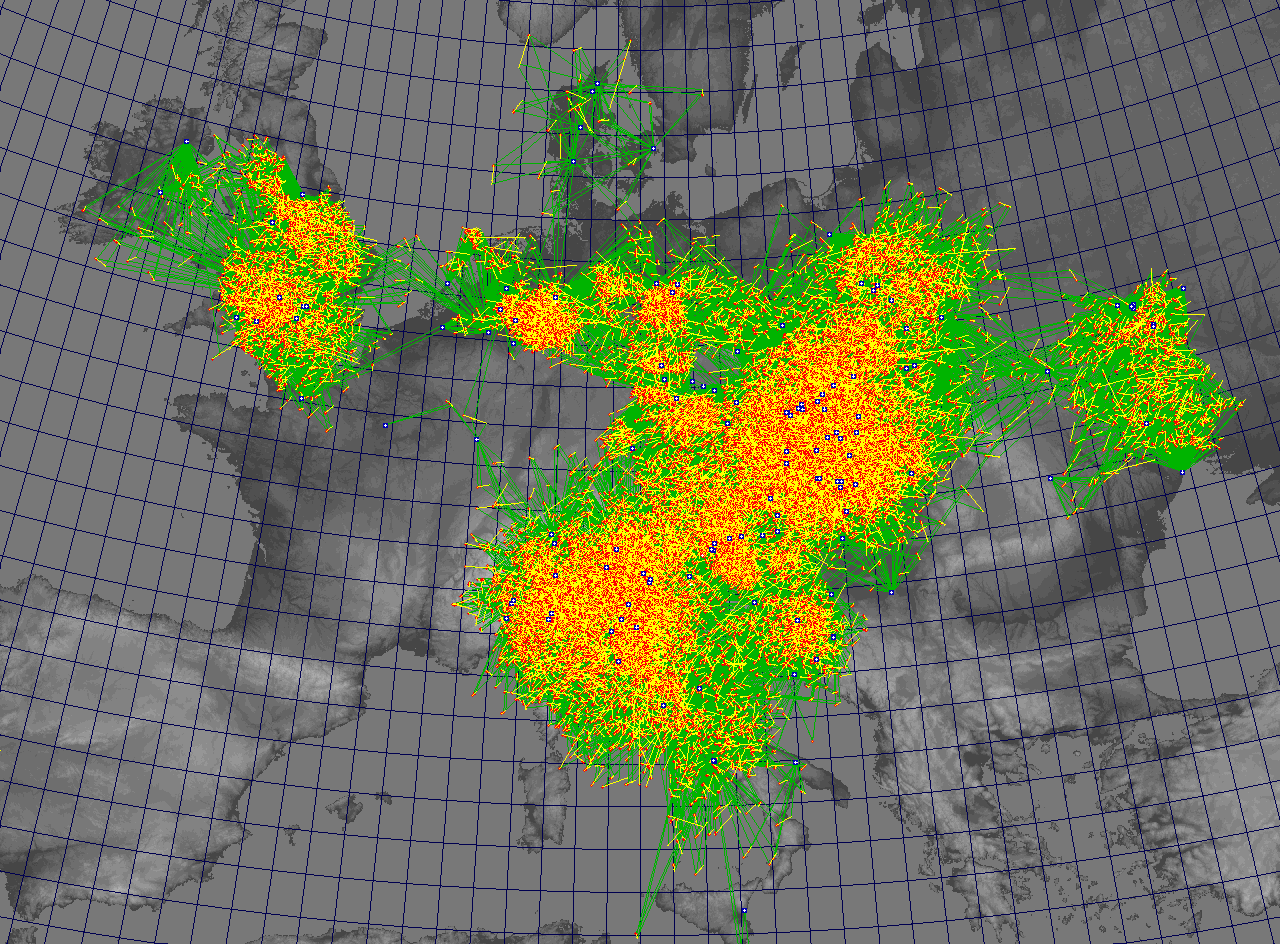 |
U2_2013_EDM | |
| 2014 | 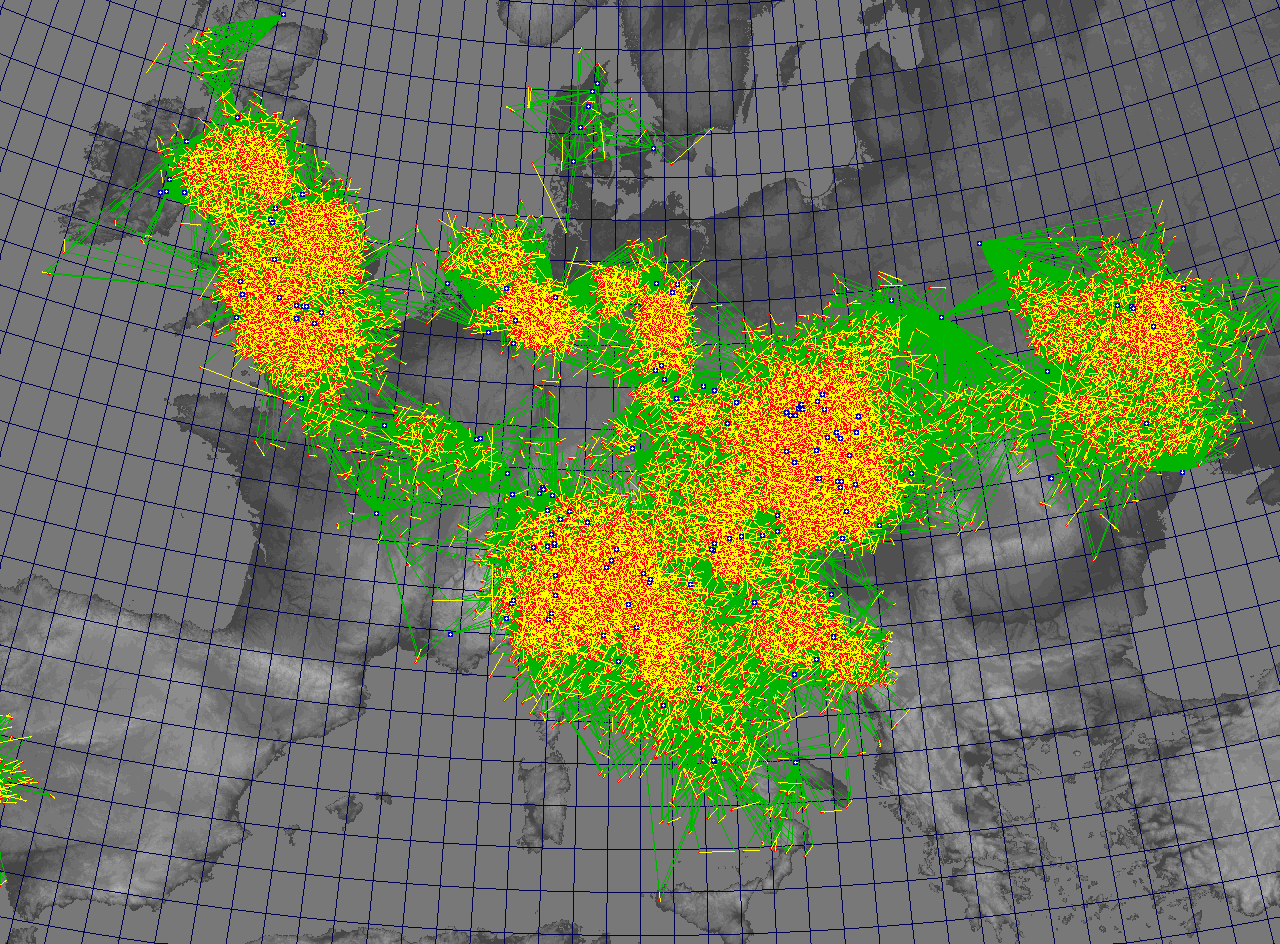 |
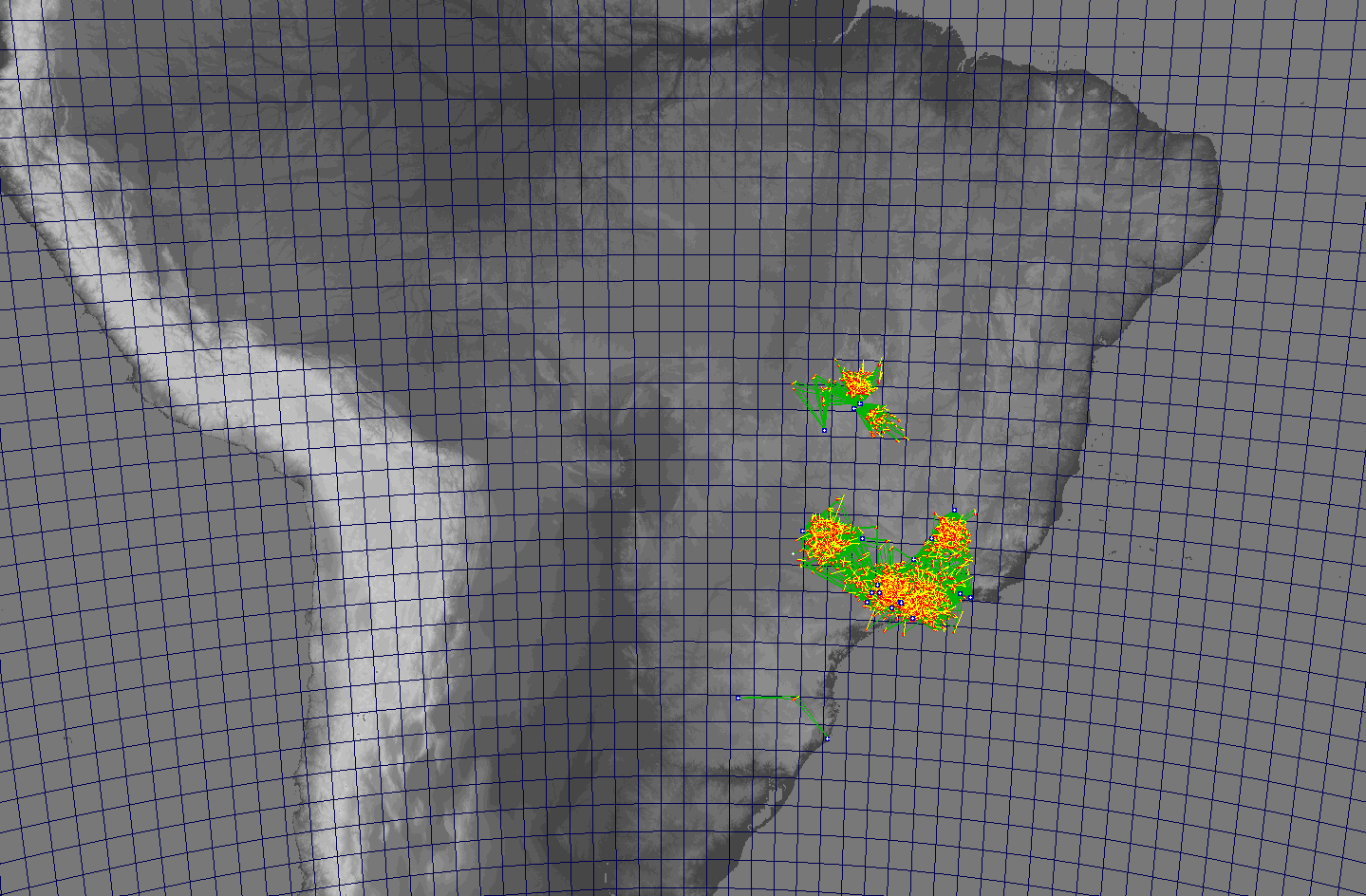 |
U2_2014_EDM |
| 2015 |  |
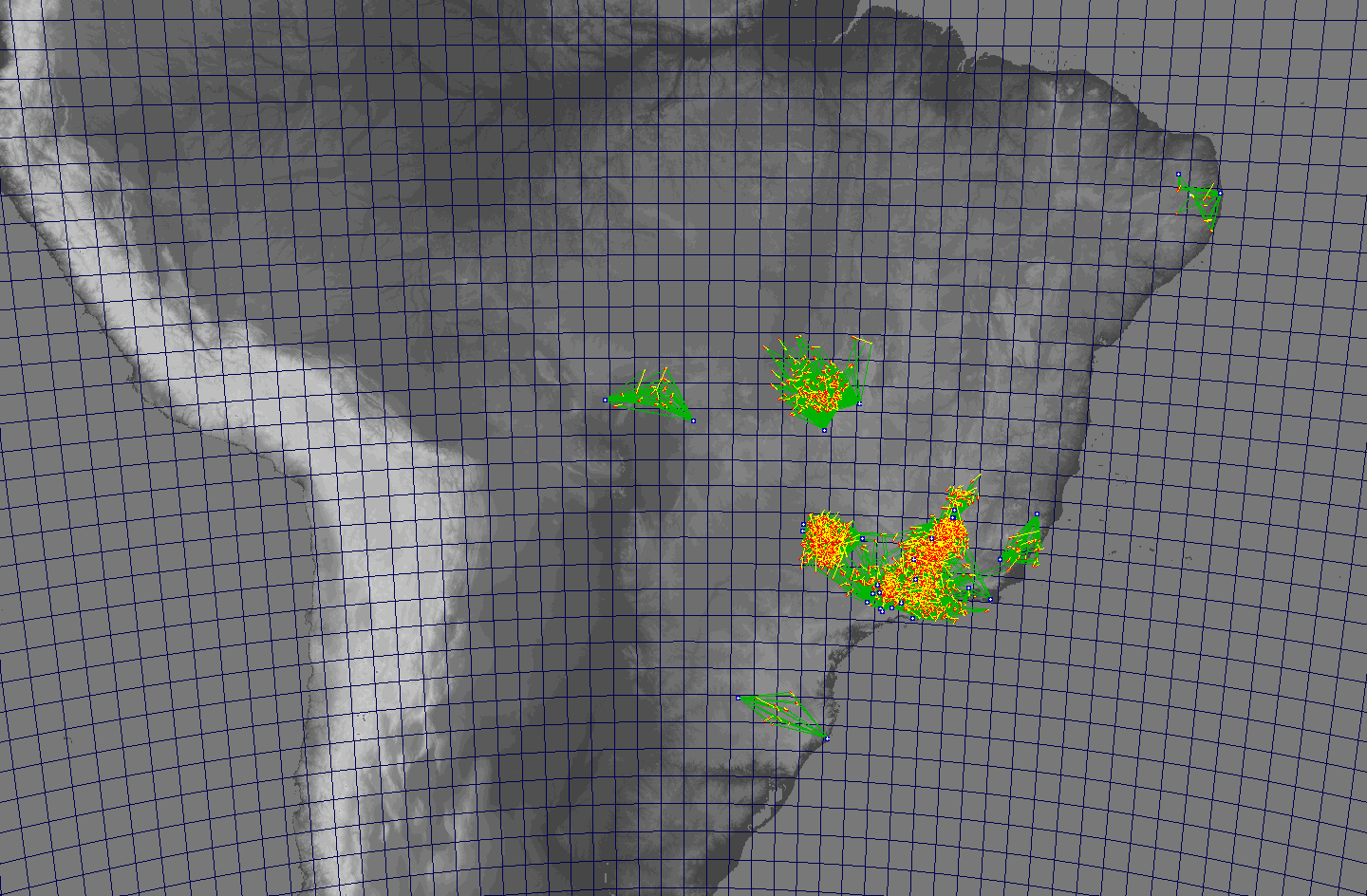 |
U2_2015_EDM |
| 2016 | 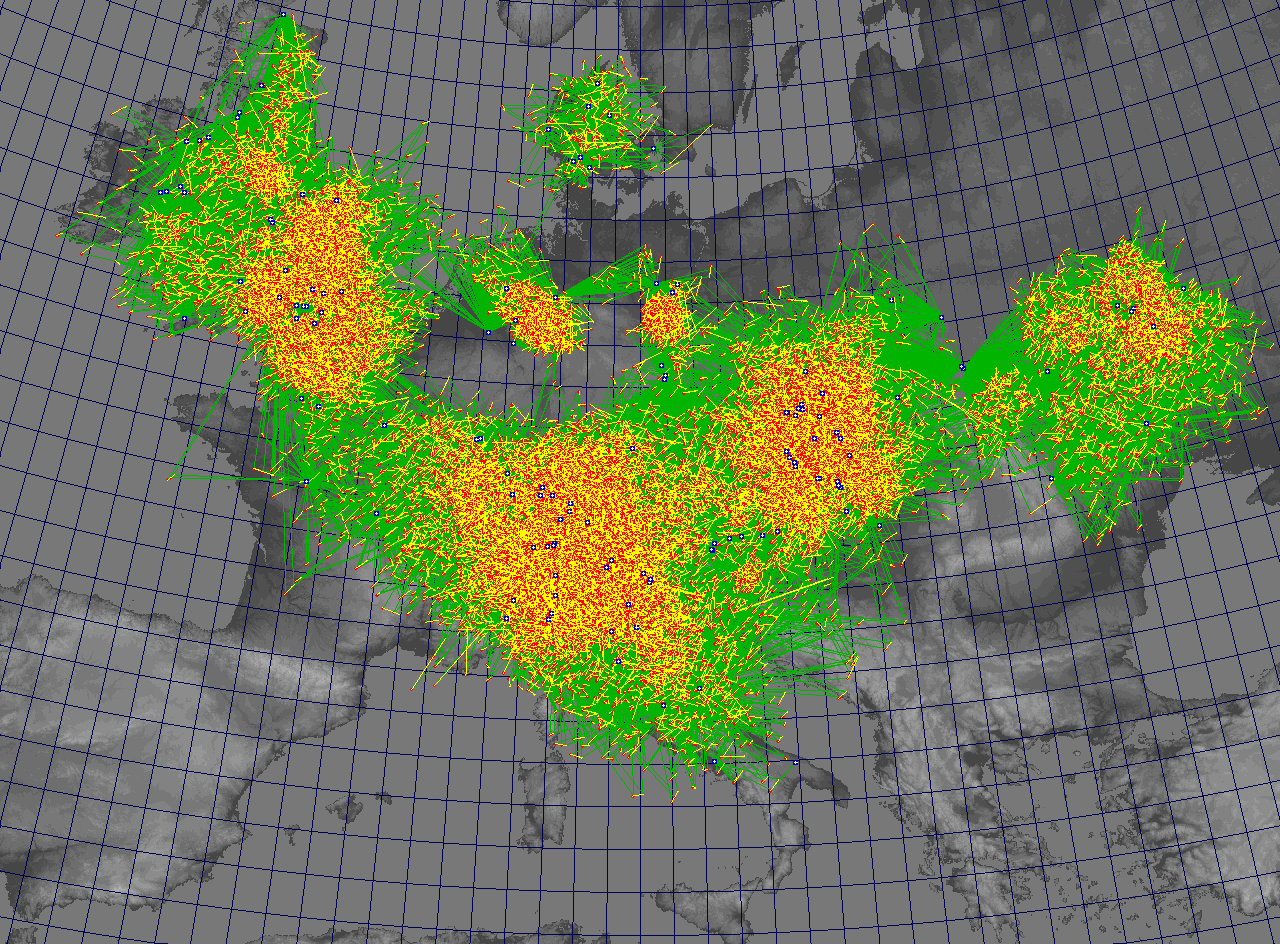 |
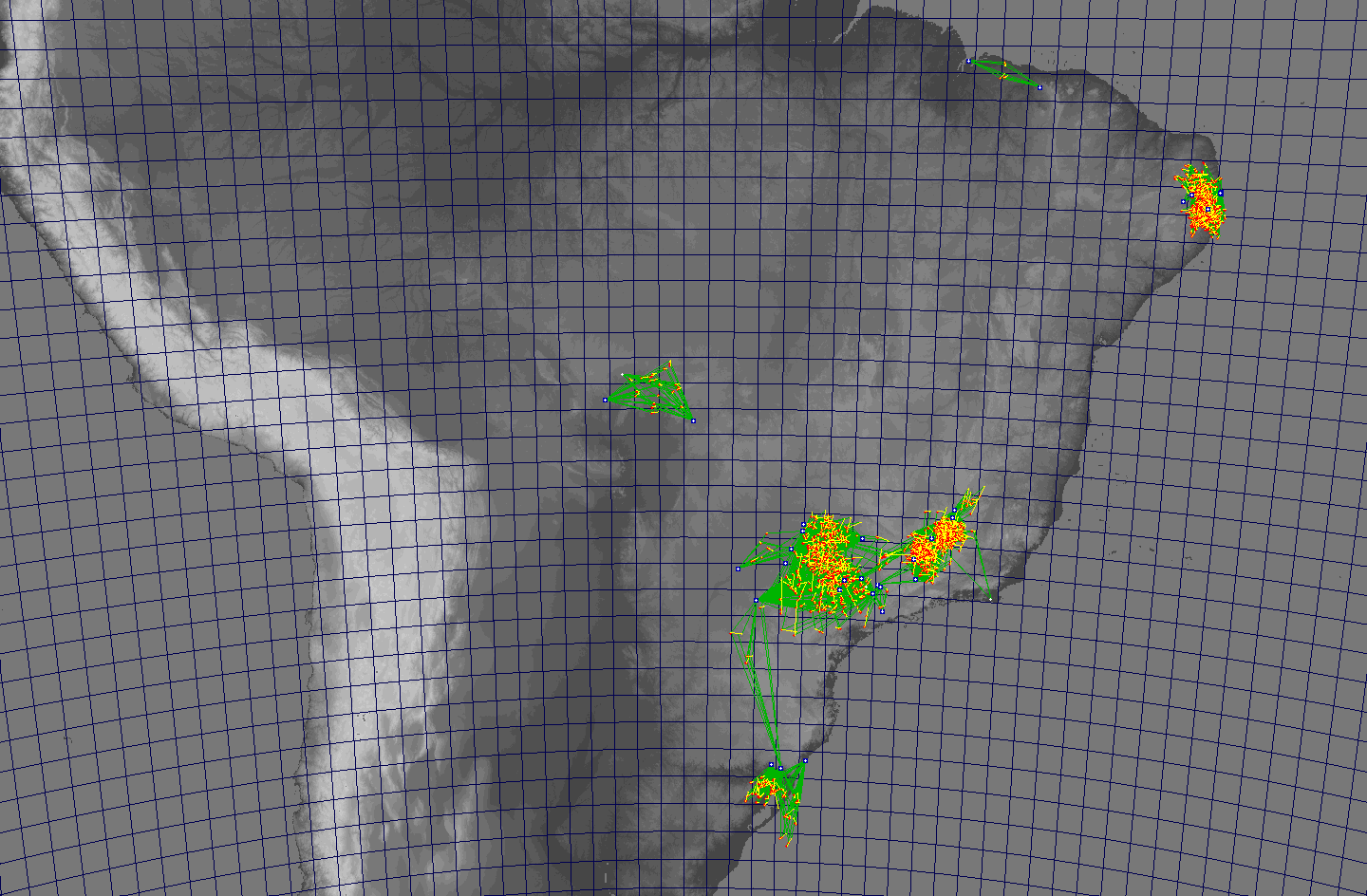 |
U2_2016_EDM |
| 2017 | 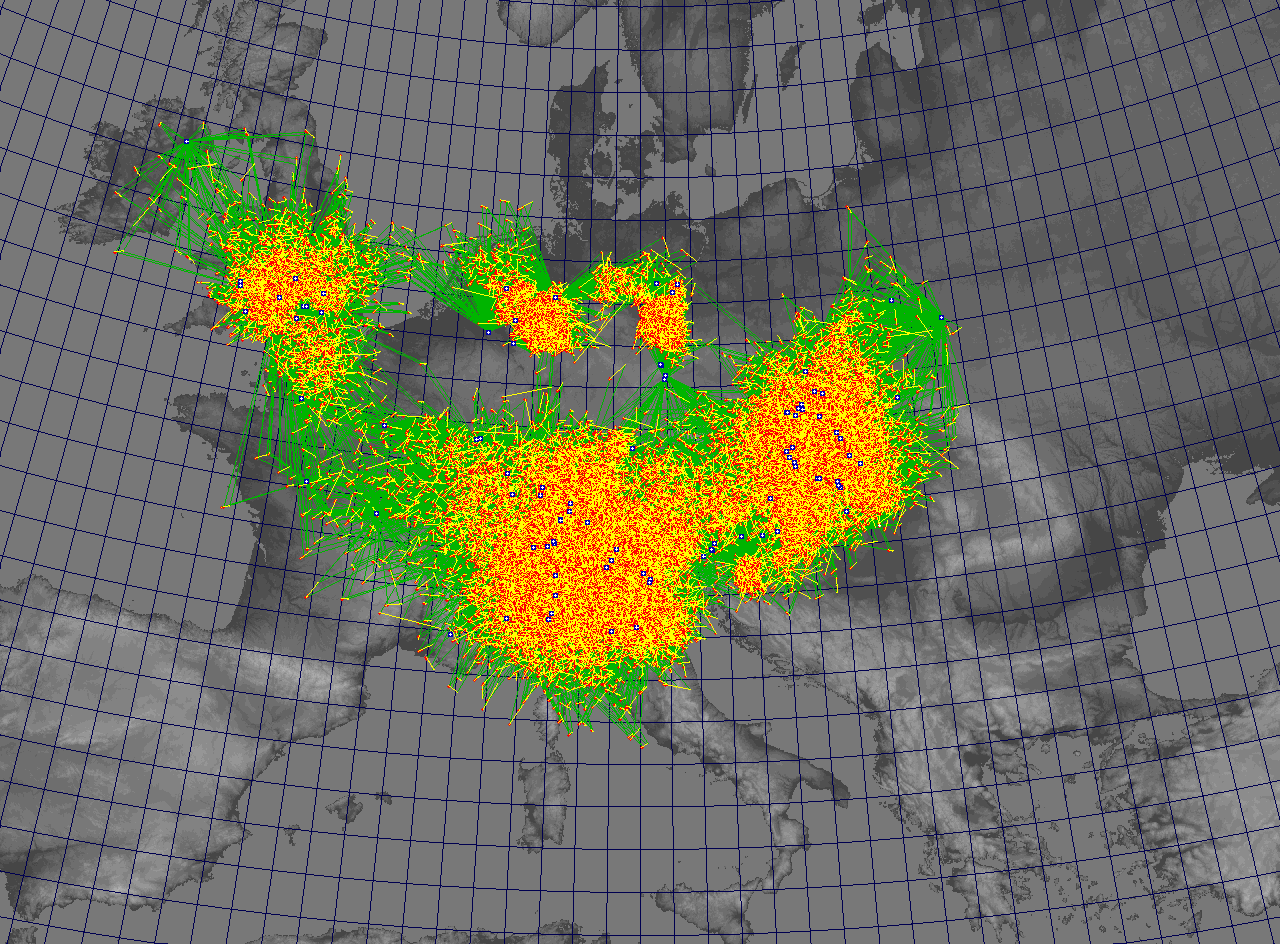 |
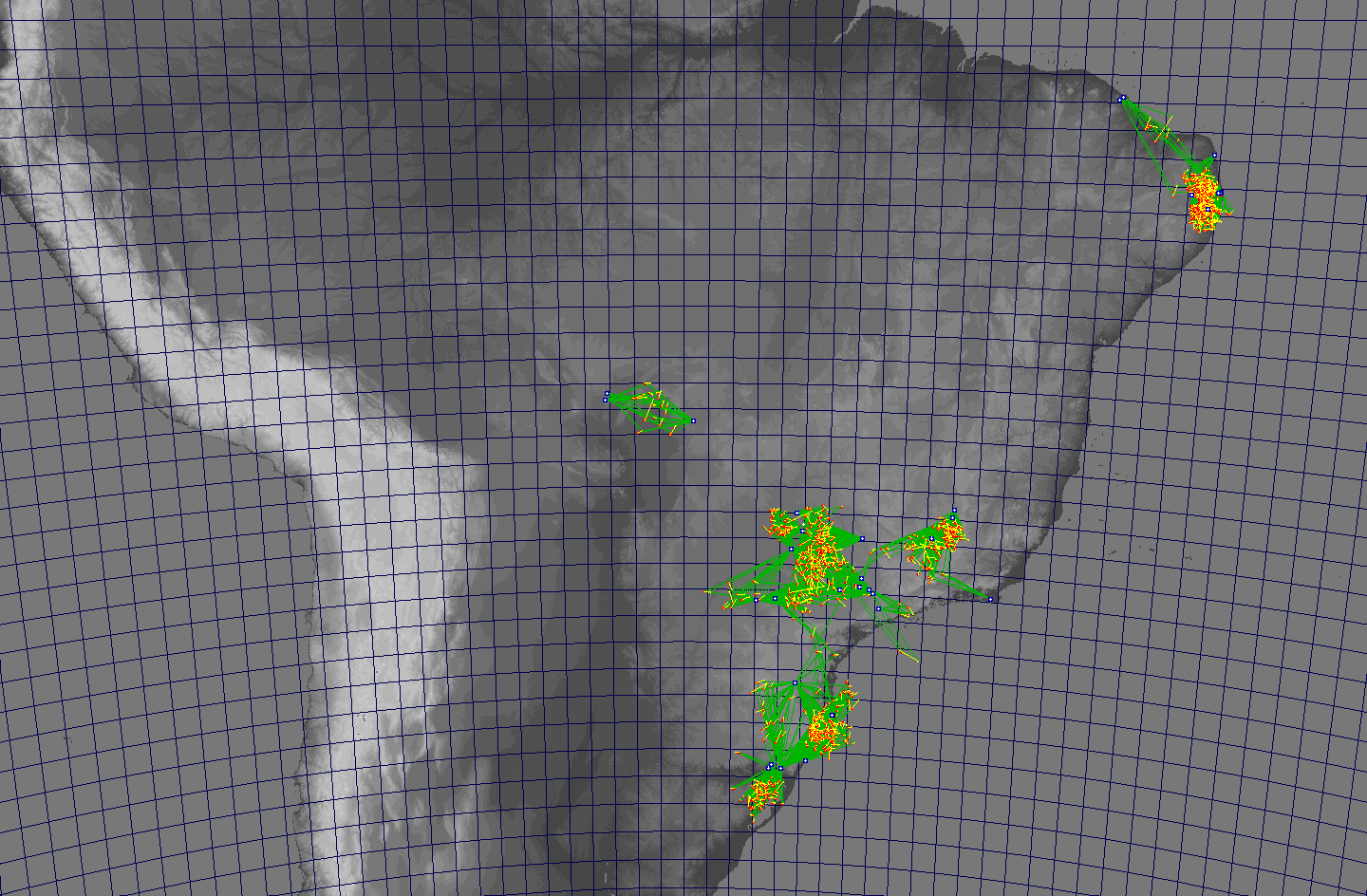 |
U2_2017_EDM |
| 2018 | 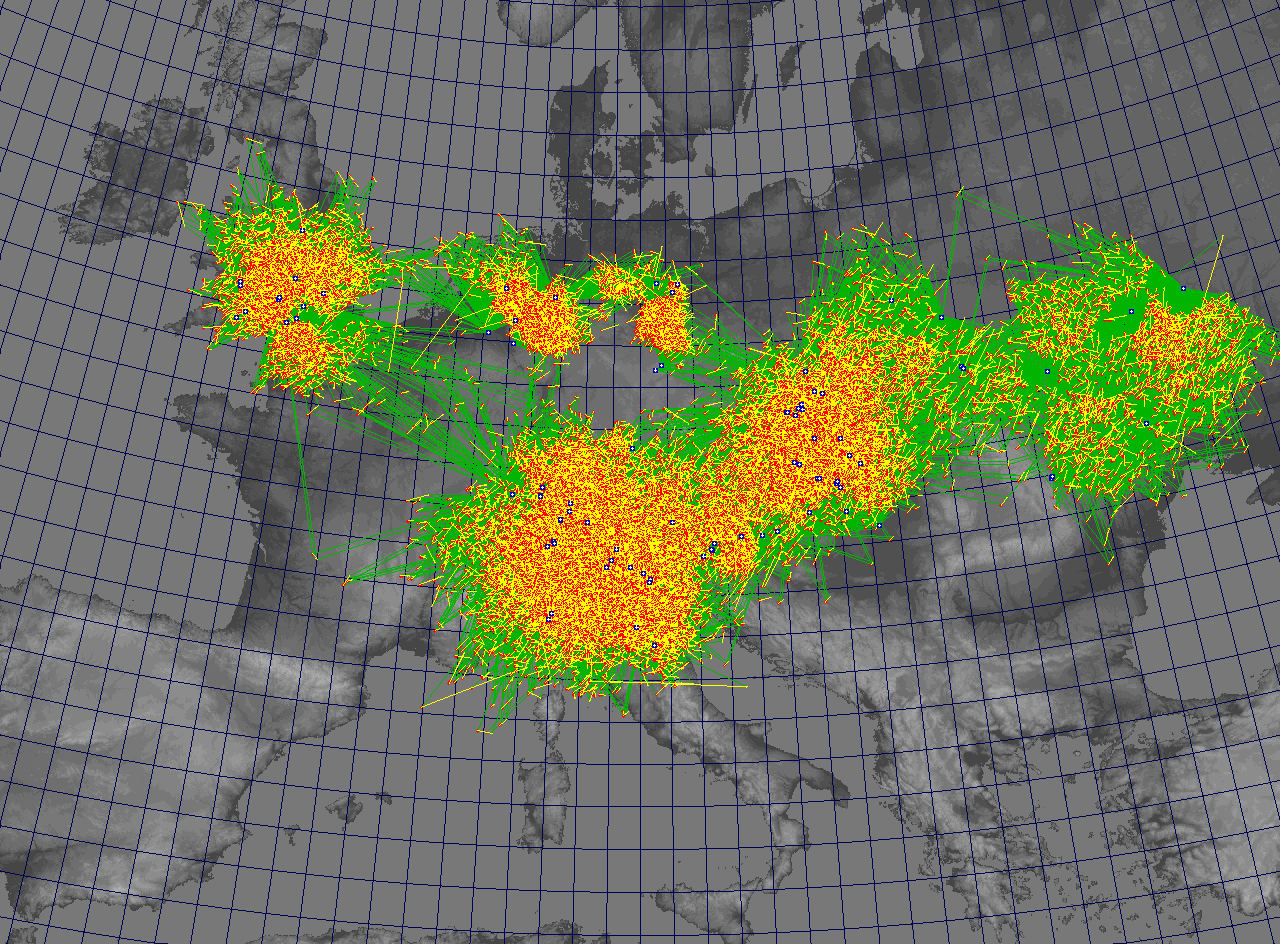 |
U2_2018_EDM | |
| 2019 | 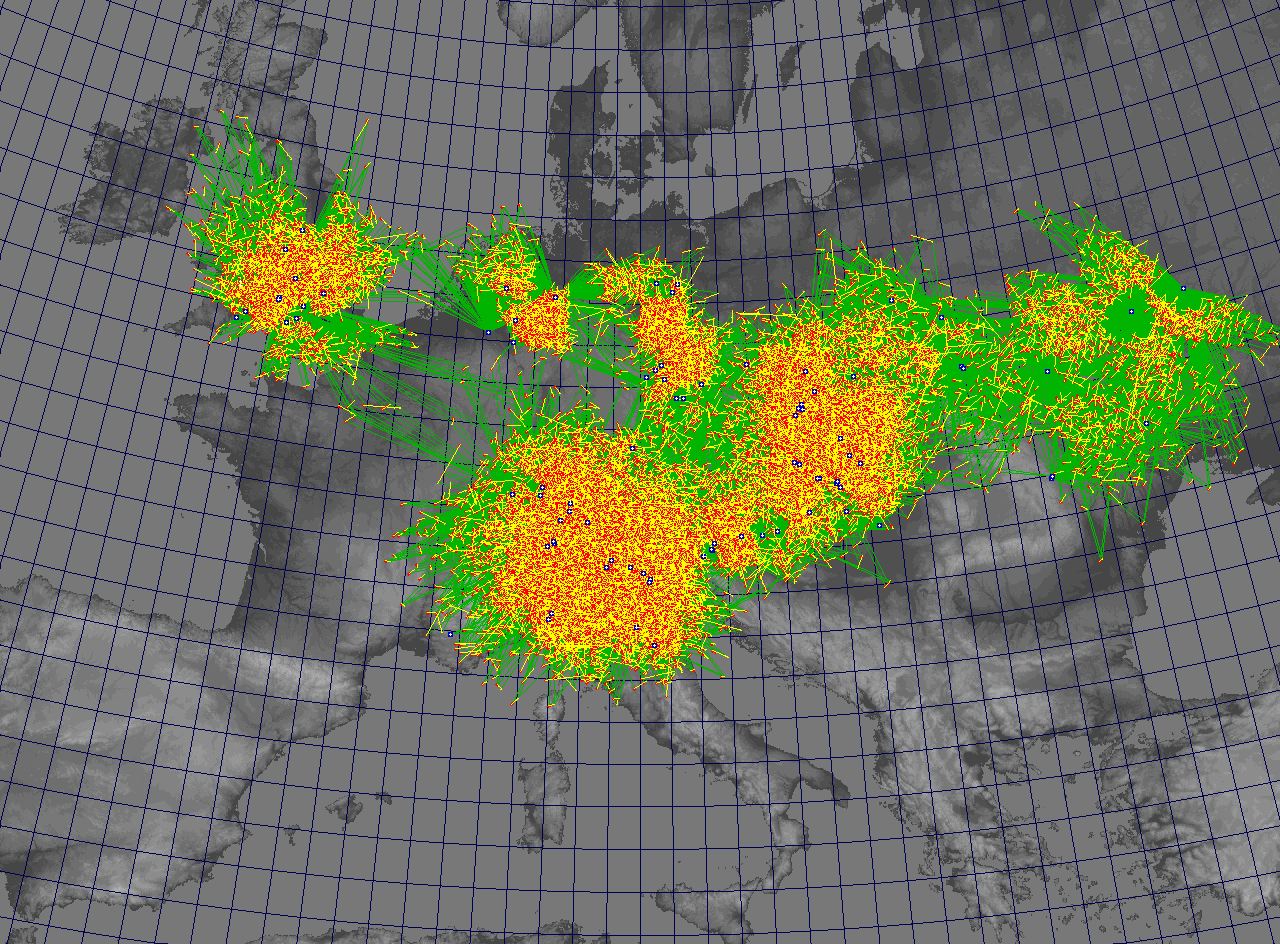 |
U2_2019_EDM | |
| 2020 | 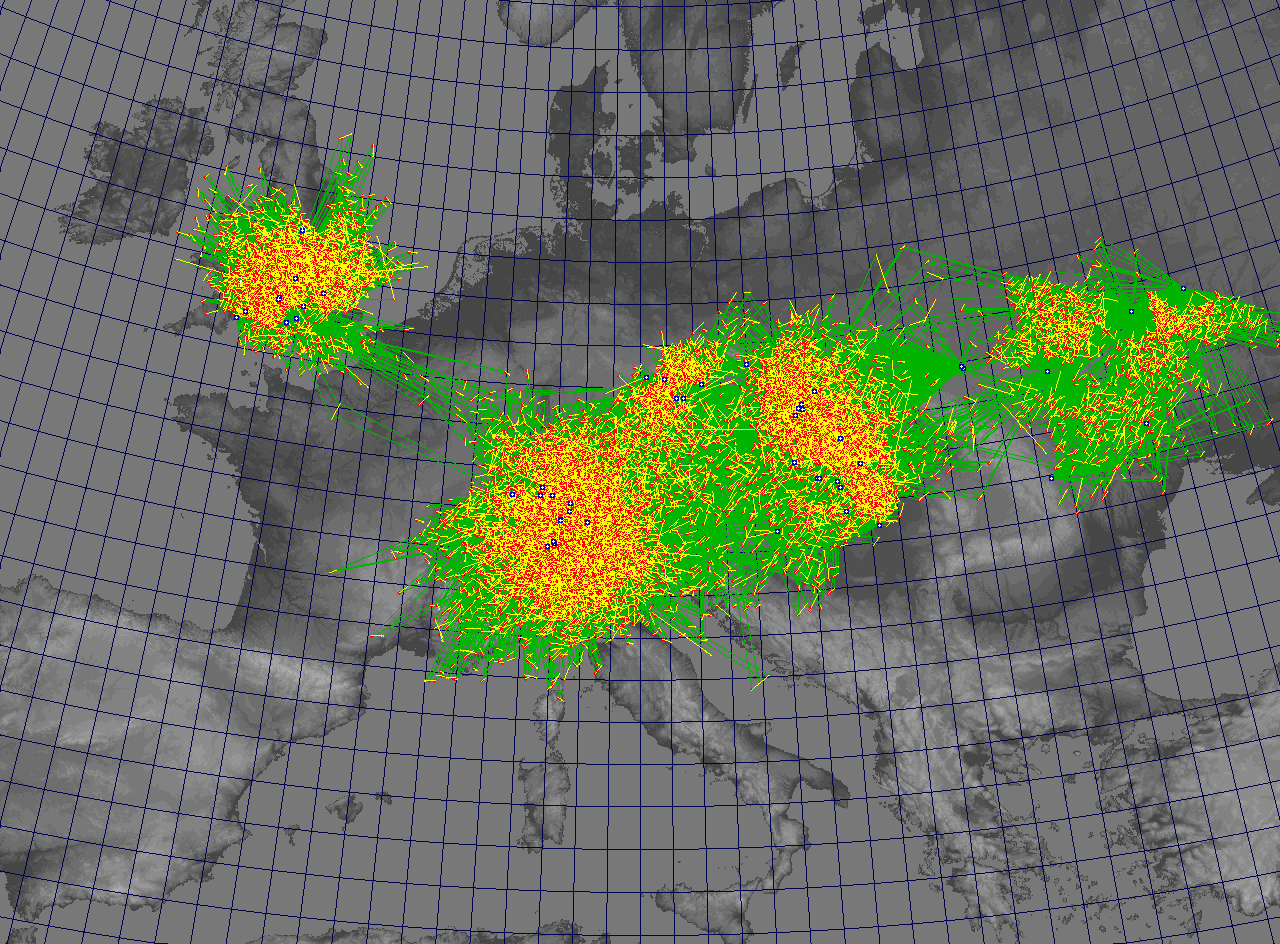 |
U2_2020_EDM | |
| 2021 | 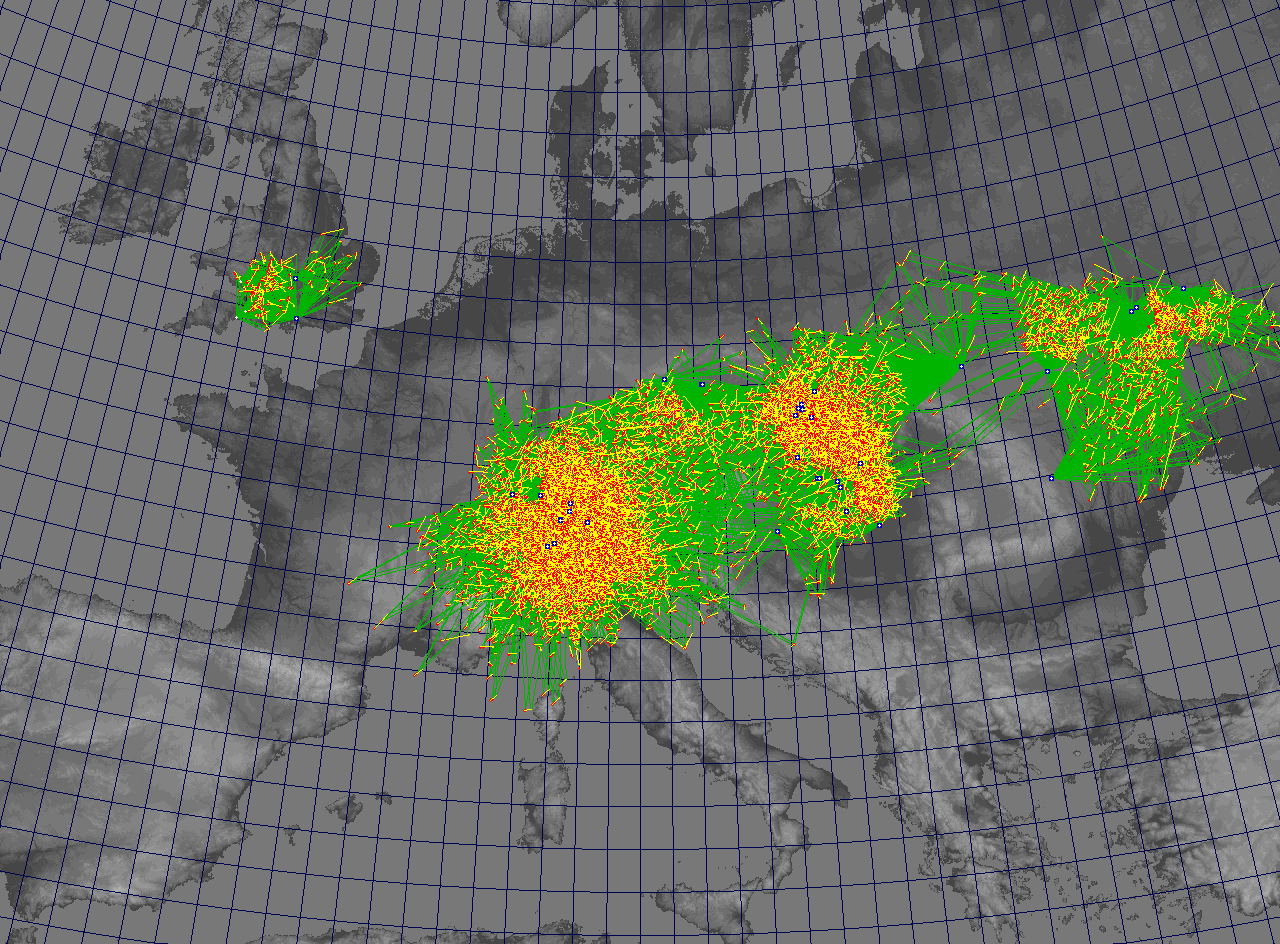 |
U2_2021_EDM | |
| 2022 | 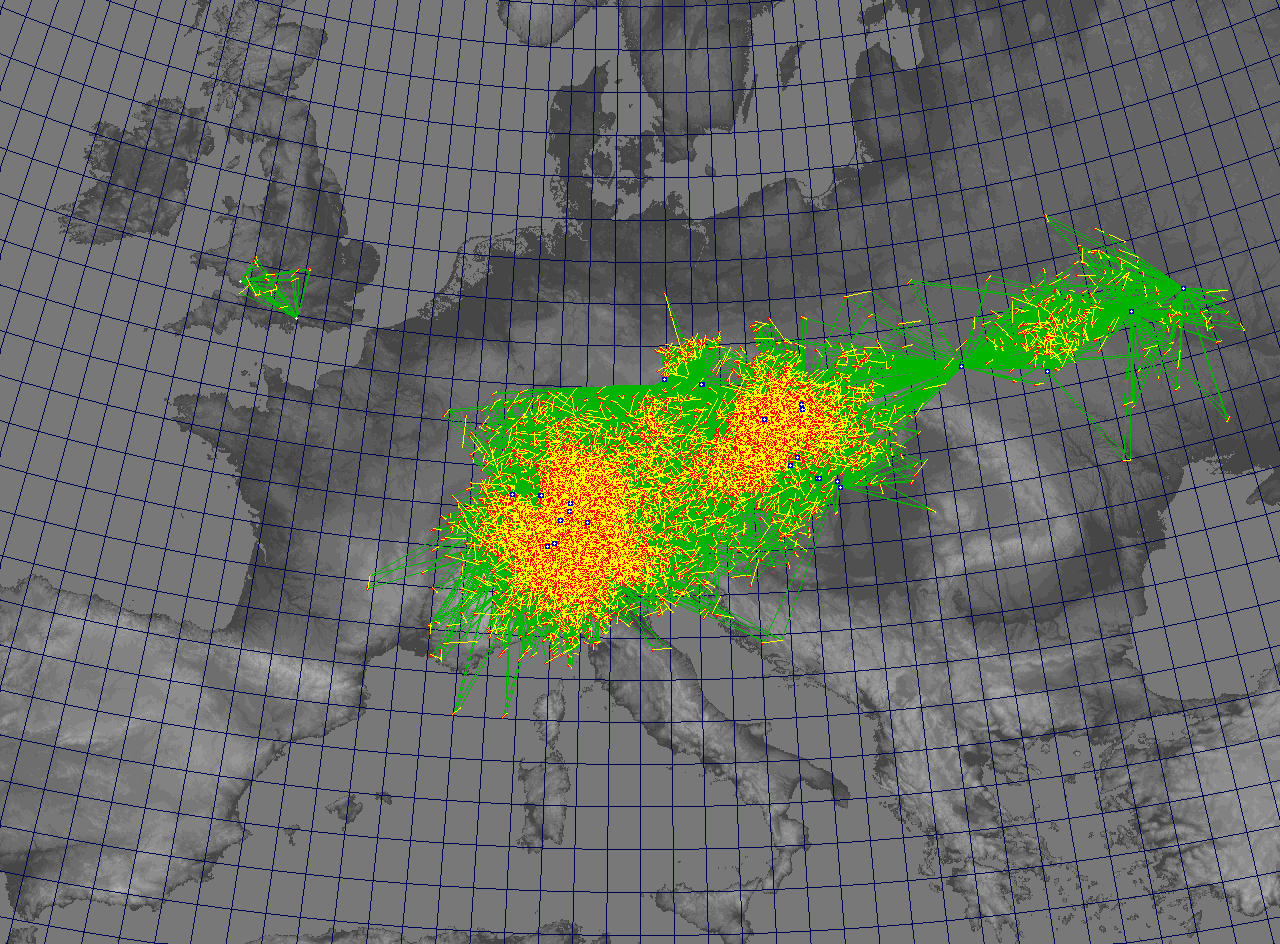 |
U2_2022_EDM | |
| 2023 | 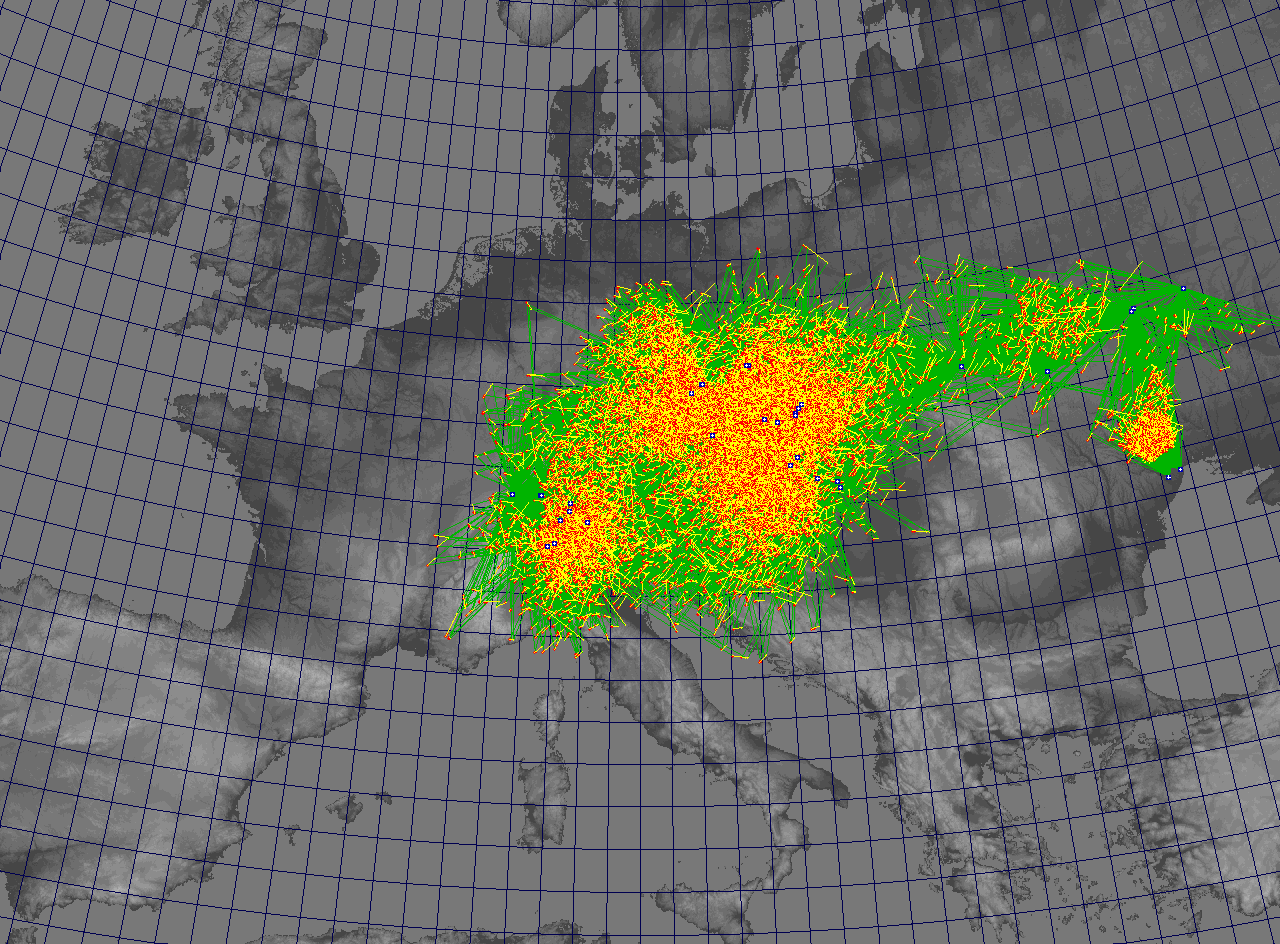 |
U2_2023_EDM | |

